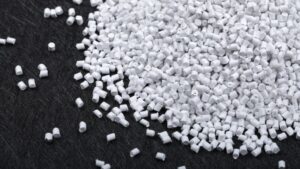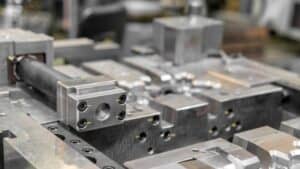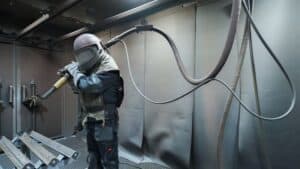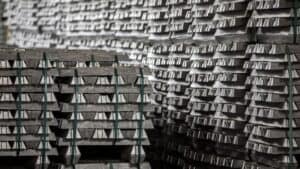We come across various plastic or metal parts with different looks, designs, and textures every day. Texturing in injection molding is an easy, impressive yet economical way to add texture or grain to the molding surface. Texturing in injection molding aims to create complex designs and patterns on molded plastic parts.
Careful care and consideration are required to reproduce a specified texture on the mold surface. Even though surface textures are becoming more sophisticated and complex, this advancement offers numerous product options for product developers.
Parts are textured to allow a better blend into the original material successfully. It can also improve the part’s functionality, safety, and durability.
Let’s discuss some ways in which manufacturers apply textured surfaces in a controlled method.
Sanding and polishing
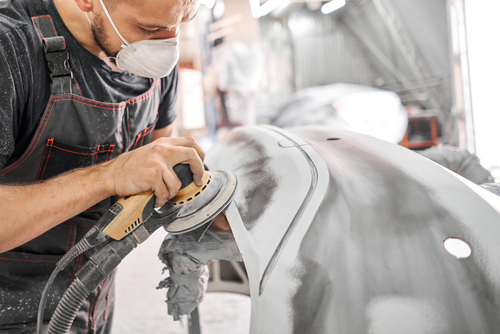
When a machine is rough, it can leave tool marks in the workplace. If left without correction, these marks will appear on the product during the molding process and lead to an unfavorable outcome.
However, sanding and polishing can remove these marks and imperfections on the surface. A technician with the right skills and expertise uses several tools, diamond burrs, files, abrasive, and sandpaper.
This method of injection molding textures produces a range of mirrored or coarsely grained surfaces. It is often used to create a global effect and not to replicate a pattern. It takes a lot of artistry skills to pull it off without altering the dimensional tolerances of the mold.
EDM Spark Erosion
Electrical Discharge Machining, also known as spark erosion, has copper electrodes or graphite placed in electrolytic water or oil bath. A spark appears against the tool war when the electrode reaches the maximum current. Although the spark is immediately quenched by the surrounding electrolyte, the thermal shocks cause metal fragmentation that is flushed away.
Spark erosion is used for hard and soft metals and produces fight tolerances. It effectively creates features that would be challenging for a machine to make, such as sharp concave corners, deep thin slots, debossed lettering, and other features. It is often used in place of hand polishing to create a fine and smooth finishing.
Chemical photoetching
Some plastic parts are designed with sophisticated in-molded patterns and textures to mimic the look of stone, leather, wood grain, or geometrical designs. These patterns can be applied to a mold tool by photoetching.
The tool wall is coated with photoresists which is a sensitive chemical. The design pattern is projected on the tool surface, and a film mask is created using UV light.
Afterward, the mold is placed in an acid bath that secures unprotected areas, thus creating the desired texture.
As earlier mentioned, this texturing method in injection molding should be done by an expert technician who can account for the complexity of the design, base metal type, and depth of the surface penetration caused by the acid.
It is an excellent method to produce fine textures in any look. However, its most significant limitation is that it does not work undercuts. Patterns and designs can be distorted over a large or curved area.
Media blasting
This straightforward process of texture injection molding involves spraying various types of dry or wet abrasive media against the tool wall. Some examples include sand, aluminum oxide, glass, or plastic beads. The best part of this process is that you can clean the tool while imparting a uniform matte or satin finish.
Some things that can influence the end result include the air pressure, type of media used, and the volume and spray pattern.
Laser etching
In this case, a pattern is cut through and applied to resist before the bath. A new resist is also used to give it more depth which results in multilayered contours.
Surface preparation needs to be done first before laser etching can be carried out. More so, the success of this project is determined by combining the 3D computer modeling and the 5-axis motion control.
The 3D computer modeling
A mold technician also aligns the texture map with contours of moldable shapes. These shapes are maintained with the help of sophisticated algorithms.
The 5-axis motion control
This is the second technology that helps the laser accurately track over the surface topology and reach other areas, not in sight.
This method of texture injection molding is common in the automobile industry. It can be used to make patterns on a dashboard and is more expensive than other methods.
Factors to consider before choosing mold surface textures
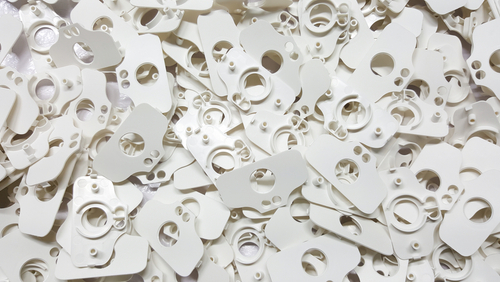
The option of texture injection molding will vary depending on several reasons. It may be due to the quality of the materials or the chemical composition. It’s imperative to choose the best surface texture for your part when working with a molding company. Here are a few factors to consider before choosing a surface texture for your parts
Aesthetics and functionality
Injection molding texture can improve the appearance of the parts while optimizing their functions. The type of aesthetic value you desire for your parts will help you determine the surface finish grade.
Material choice
Before choosing a specific texture surface, you should also consider the material. Different materials have different physical and chemical properties. The melting temperature plays a significant role in the materials’ ability to deliver a specific surface finish.
Temperature and injection velocity
The injection speed of the molten material plays a key role and should be considered. If you desire a glossy finish for your parts, then a fast injection speed must be used. The faster the mold cavity fills up, the fewer imperfections and defects, leaving a better appearance.
Finally, texture in injection molding adds aesthetic value and improved functionality to your product. It’s imperative to understand the different texture surfaces that are obtainable.
Also, to get the best results, you must work with a professional injection molding company. We can help you make the right selection for your parts since we understand the importance of plastic and metal molding textures and the intricacies. Contact us for more information.

